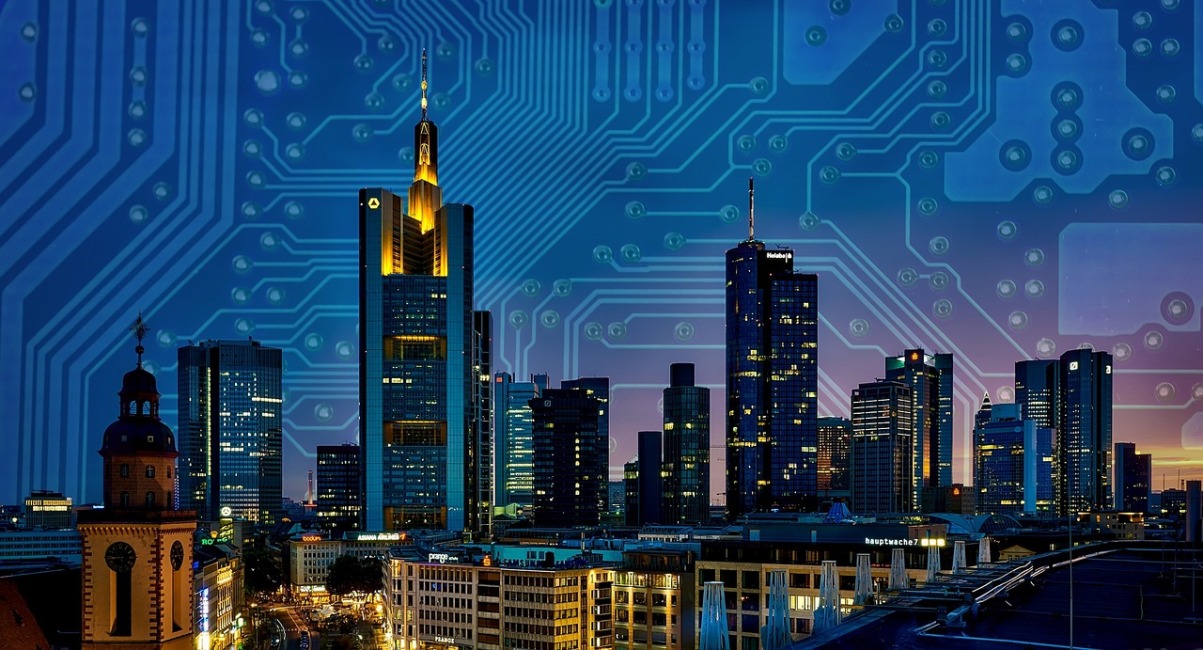HOME » NEWS » Expert Opinions » Expert Articles about Smart Tourism » Our Definition of Smart City and Smart Destination
Our Definition of Smart City and Smart Destination

Many tourism professionals are wondering: what is a smart destination or smart city for tourism?
In our opinion, the answer is complex on the one hand, but simple on the other. From the point of view of an independent or smart tourist’s needs, a smartphone and the Internet should be enough for a full travel. Moreover, the second is a destination’s responsibility – provide a tourist with cheap and high-speed Internet, and this is perhaps the first sign of a smart destination.
It seems to be simple, but if you start to understand the nuances, there are many problems that DMOs, museums, hotels, travel businesses do not notice or prefer not to notice, which leads to escalation of these problems.
In classical marketing and Internet marketing, there is a simple concept of Client Journey – the client’s path from knowing to purchase and getting the product. Let’s look at a typical smart tourist’s path to some destination.
It all starts with a choice – where to go. At this stage, according to a study by Expedia Media Solutions, even if a tourist has decided on a destination, he visits an average of 38 different sites.
Therefore, the sites and social networks of DMOs, visit centers and local travel agencies are so important. And far from always the sites have all the necessary information. They are often not updated, load slowly and have a whole list of technical and content problems that have not been resolved for years. Sites require periodic checks that we can provide.
Next, a tourist starts to look for a way of getting to the selected place. It is quite ok with global airlines, but local rail and bus services, as a rule, are much worse. It is often impossible to buy tickets online, find a timetable, the Internet is not available in transport, etc. Moreover, it is not always possible to order a taxi online – especially if there is a language barrier. Here, DMOs should work together with the transport business.
Then, a tourist looks for sights, tours and museums that he can visit, and food points to eat. He looks for reviews of other travelers at TripAdviser and various social networks. And there are problems again. Many businesses don’t maintain their pages well, don’t respond to reviews, don’t post photos, and don’t answer questions. There is a low qualification of business owners, although learning is not difficult at all. We have free lessons, based on them DMOs can organize trainings for local tourism businesses and help them with the development of Internet marketing technologies.
Museums hold a special place, since they are not just entertainments, but also messengers of the cultural-historical code. Here, as a rule, everything is bad: there is no information in different languages, no content, social networks are poorly maintained, and so on. Moreover, the problem can easily be solved by creating virtual tours and mobile audio guides that let tourists make in advance virtual tours of selected museums in desired language. And inside museums they can use their smartphones as audio guides.
Some tourists visit the sites of Visit Centers, but often, unfortunately, these organizations simply print paper catalogs, brochures and maps that are distributed to tourists. In our opinion, this is harmful and impractical, since it negatively affects the environment, takes up extra space and increases the amount of garbage. It is much more rational to issue electronic guides that can be downloaded to your smartphone or similar audio guides to cities and surrounding areas. It costs even less than the design and printing of paper products and takes up only virtual space.
Then a tourist searches for a hotel and here, thanks to Booking.com and the like, everything is more or less ok. Although hotels often don’t respond to reviews, don’t indicate additional services and, in general, are not convinced to visit them.
It is also important in smart tourism that a smart tourist is a responsible tourist. He, as a rule, shares his impressions of the trip on social networks. And if he doesn’t like something, he can leave an unfavorable review, which will lead to a decrease in the number of people wishing to visit this place. Therefore, DMOs and the travel industry should carefully monitor their online reputation and immediately respond to negative reviews in a detailed and motivated manner and take measures to fix the problems.
Of course, the technologies will make adjustments to the tourism sector in the future, but in this article we are talking about shortcomings that, in our opinion, DMOs and the travel industry can correct now and become closer to the concept of “smart” and “future” tourism, and we are ready to provide them a possible help.
In addition, to make it clear – what prevents each travel industry or DMO from becoming a smart city – we have an online checklist of 100 questions, after passing it everyone can receive their forward estimate by email. This is our indicator of BIST – the Basic Index of Smart Tourism. It’s easy and free. Link.
Author: Dmitriy Tin – founder of Center Smart Tourism GmbH
Editing and translation into English: Leonid Andrianov